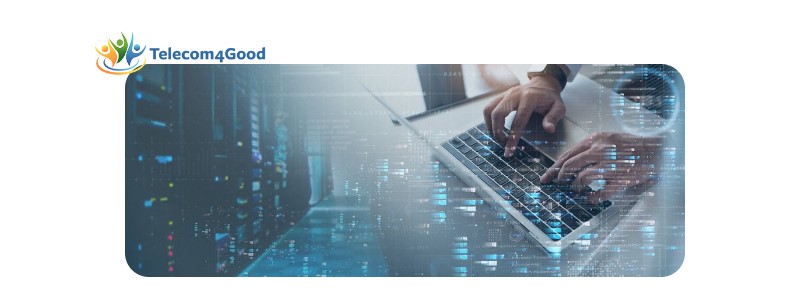In essence, the title suggests that learning the basics of technology tracking is key to achieving a more organized and efficient organization.
Posted on Wednesday, December 4, 2024
What is Technology Monitoring?
It is the process of monitoring your organization's technology assets, such as physical equipment (computers, servers) and digital resources (software licenses, cloud data). It includes keeping an up-to-date record of where they are, who uses them, their status, and their lifecycle.
The Importance of Technology Asset Management
When technology is running smoothly, it's easy to overlook, but unexpected disruptions can have serious consequences for an organization's efficiency. From broken computers to router issues, these disruptions can bring operations to a standstill.
Technology Asset Management The Importance of Tracking Your Organization's Toolss
What is Asset Management?
Asset management spans from technology acquisition to disposal. Current knowledge of IT asset management (ITAM), based on recent resources, highlights its vital role in modern organizations. ITAM helps track and manage physical and digital technology assets throughout their lifecycle, from acquisition to retirement. Here's why it's critical and what it entails:
Conclusión
At Telecom4Good, we understand that managing technology assets can seem challenging, especially for nonprofit organizations with limited resources. However, implementing effective tracking and management systems not only optimizes technology use, but also enables cost savings, risk prevention, and operational sustainability.
By adopting asset management tools, automating key processes, and establishing clear maintenance schedules, nonprofits can free up time and resources to focus on what really matters: fulfilling their mission and making an impact in the communities they serve.
At Telecom4Good, we are here to help other organizations navigate this process and maximize their technological potential, because we believe that well-managed technology is a powerful tool for social change. Together, we can do more.
Additional Resources
- Discover our Technology Buyer's Guide for Nonprofits, providing the information you need to evaluate your IT
- Learn 7 reasons why nonprofits should take advantage of Telecom4good's exclusive Cisco Meraki end-of-year promotions.
- At Telecom4Good you can Adopt new technologies to boost the impact of non-profit organizations
- Telecom4Good accompanies and informs you with Technological Evolution for Nonprofits: What's Next in 2025?

